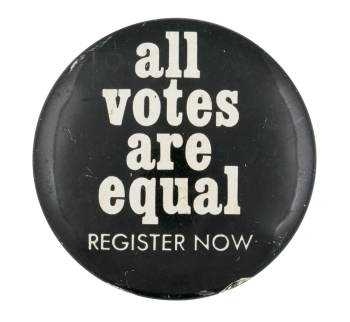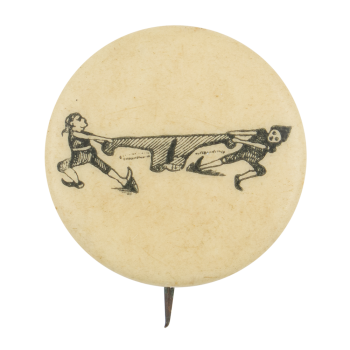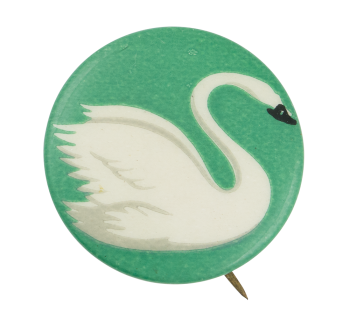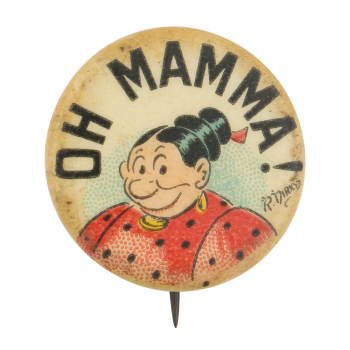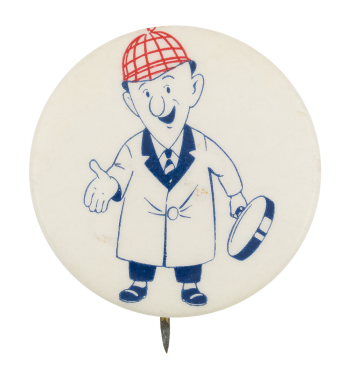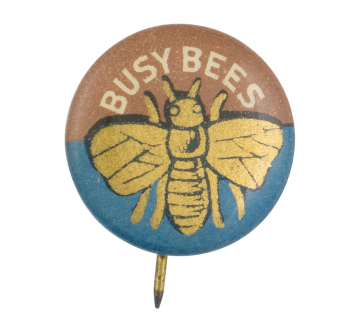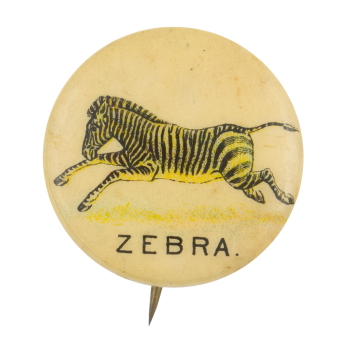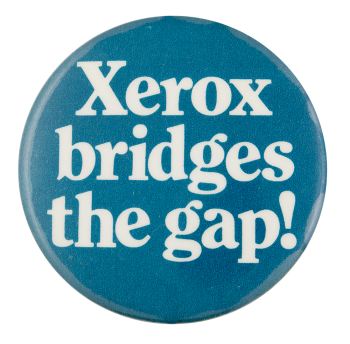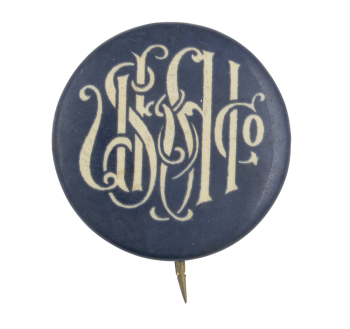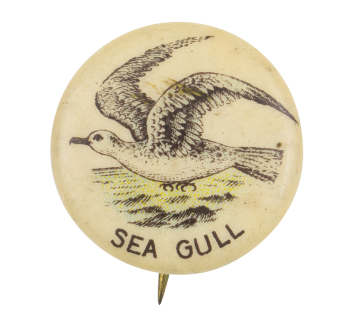All Votes Are Equal
| Category | |
|---|---|
| Additional Images | |
| Sub Categories | |
| Text on Button | all votes are equal REGISTER NOW |
| Image Description | White text on a black background |
| Curl Text | union bug |
| Back Style | |
| The Shape | |
| The Size | |
| Additional Information | Voting began in the United States in 1776, but many populations have struggled to attain the privilege to vote. Barriers such as gender, race, property ownership, literacy, and ability prevented and still do prevent many people to vote. Because of these known past issues, some people decide not to vote citing reasons like wanting to avoid confrontations or barriers. Amendments have been made to the constitution specifying that no person should be turned away from voting due to gender or race. Over the years, many non-profit agencies have encouraged people to register to vote so that all votes and opinions can be accounted for. In the United States, voting registration is optional. In the late 20th and early 21st centuries, many agencies have focused on getting marginalized and under-represented groups to the polls by marketing specifically for demographics or regions, such as Rock the Vote, When We All Vote, and NonProfit Vote. |
| Sources |
Carter, C. (n.d.). Button power. NBSP. Retrieved July 26, 2021, from https://non-breaking.space/ |
| Catalog ID | CA0701 |

